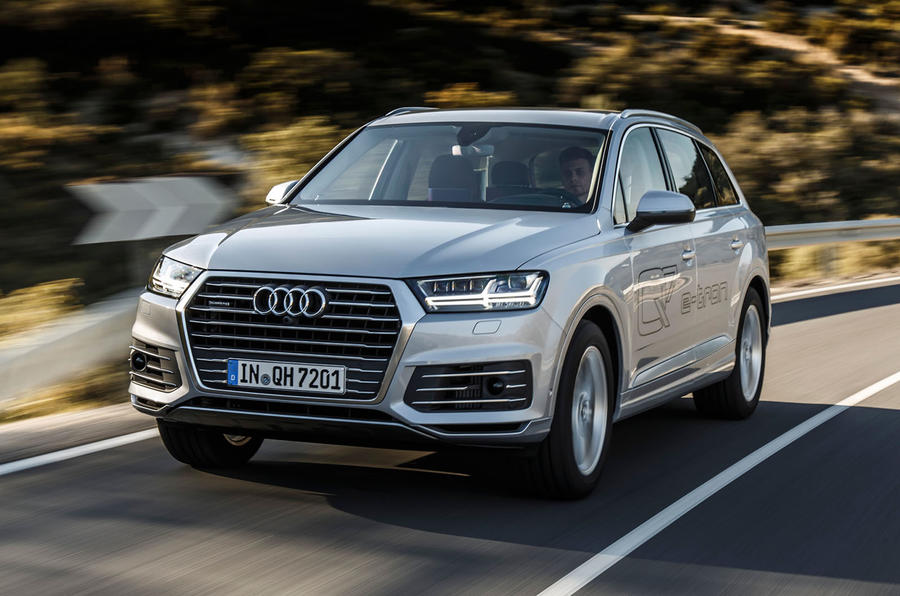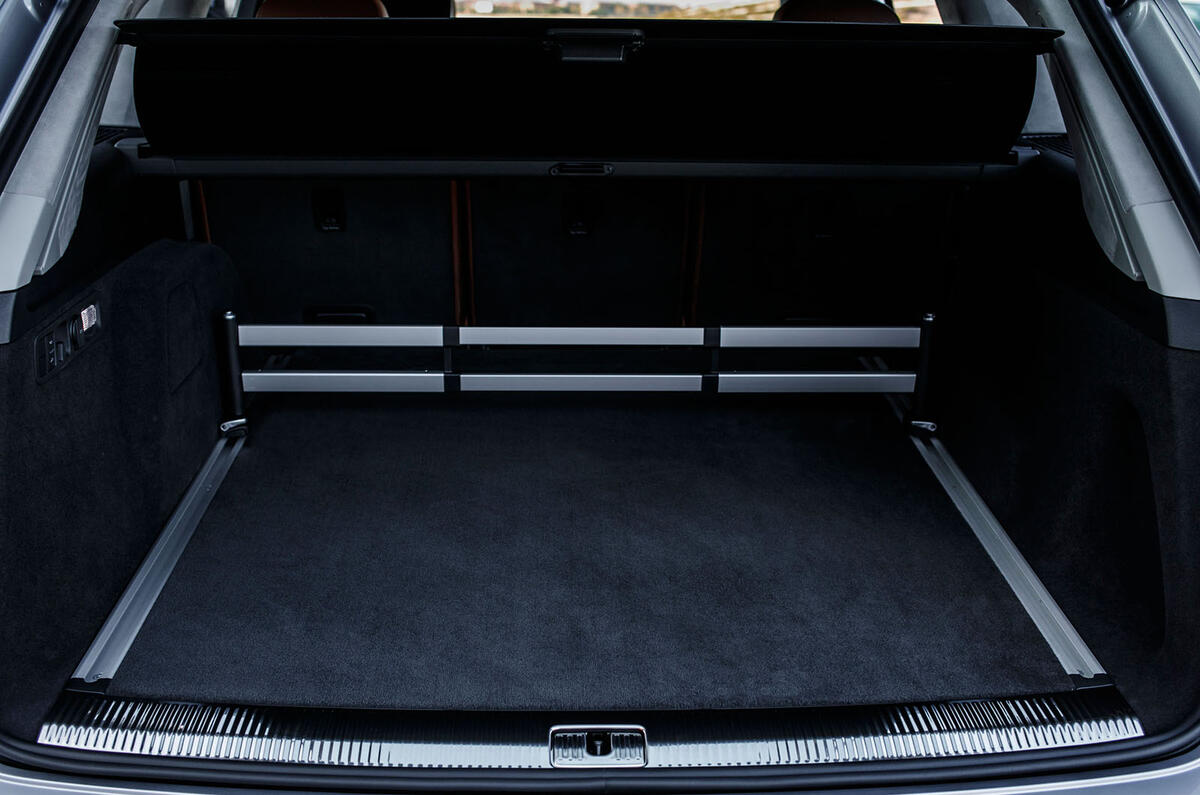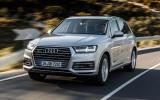What is it?
It's the plug-in hybrid version of Audi’s new Q7 large SUV. It’s based on the standard-issue 3.0 TDI quattro model, using a V6 diesel engine under the nose (mounted longways, as is demanded by Audi’s bespoke MLB platform), from where it drives the front and rear wheels through an eight-speed automatic gearbox.
The hybrid conversion includes a new version of the transmission, into which is sandwiched a fairly punchy electric motor that’s good for 258lb ft. The electric motor’s battery pack is mounted above the independent rear suspension.
The Q7 e-tron also gets a clever heat pump system, which uses waste heat from the electronic systems to help warm the interior. Using this, instead of electrical energy from the battery pack when running in hybrid and EV modes, significantly reduces the drain on the battery and, says Audi, extends the car’s electric range. Audi claims to be the first car maker to use a heat pump on a production plug-in hybrid.
It also says there’s an EV-only range of 34 miles from the battery pack, plus, thanks to a substantial 75-litre fuel tank, another 835 miles’ range from the combustion engine. This car also gets Audi’s Virtual Cockpit, a digital instrument cluster that is configurable to show different screens and graphic displays.
But the big advance on this car is the way Audi’s Navigation Plus system and the in-car internet hot spot are both connected to the hybrid drivetrain’s management system. When the driver enters a new destination, the nav system uses route and live traffic information - via the web - to automatically switch the drivetrain between internal combustion, hybrid and pure EV modes depending on the driving conditions.
This ‘Predictive Efficiency’ programme switches between the powertrain modes in road distances of as little as 100ft or so. The driver is even advised when it’s a good idea to lift off the accelerator and allow the car to switch into coasting mode.
Elsewhere, adaptive air suspension and adaptive cruise control will be optional. The latter can allow a degree of autonomous driving, taking over braking, acceleration and steering on ‘well-paved roads’ at up to 40mph as long as the traffic is ‘slow-moving’.





































































Join the debate
Add your comment
Another Outlandish Phib?
The A2 1.2, designed to comfortably take 4 adults, achieved 2.4l/km over 1114km in 2001 with amateur driver Frank Jendrek.
Instead today we have supersized MINIs (larger than Mk1 Range Rovers), so called "zero emission" vehicles which actually pollute whilst plugged in, and Test Cycles like the NEDC which ignore any emissions from electricity generation, supply, and losses in charging from AC to DC and of course an anti diesel culture despite the fact that the western world's most smog polluted and particulate polluted city has the least number of diesel vehicles (LA, USA).
All cars use energy. Just as petrol has to be refined from oil which is drilled and transported around the world on diesel ships, so electricity uses energy in it's creation.
All forms of power generation create emissions over their lifespans - eg: for nuclear it's in construction and Uranium mining and regeneration of fuel cells.
Take any pollutant: CO2 will do (but it could be N2 v NOx as in the VW scandal or NH3 (acid rain) from hybrid petrol cars). In the UK we can assume just under 500g CO2 /kWh including coal and renewables.
Back to the Q7 e-tron:
21 miles at 51 mpg (assuming DIS correct) at 150g/km CO2 makes just over 5kg CO2 for your journey from diesel burning.
39 miles on 12.2 kWh battery capacity. So really 14.03kWh from the wall socket (ACDC conversion losses around 15%), add in 8% for UK grid losses to around 500g/kWh and you get 120.42 g/km CO2 in EV mode. So you pumped out 7.5kg CO2 in EV and 5kg in diesel mode = Average 126g/km CO2.
And yet we taxpayers have to fork out £5k to rich people to buy a £60k car that is no better than an ordinary diesel car!
Once you add in the extra environmental costs of EVs and PHEVs LiON batteries these cars are twice as polluting as the old Audi A2.
Look up: Comparative Environmental Life Cycle Assessment of Conventional and Electric Vehicles by Troy R. Hawkins, Bhawna Singh, Guillaume Majeau-Bettez and Anders Hammer Strømman
Impressive tech management
"As you’d expect, the Q7’s
Roadster wrote: "As you’d
So what's the CO2 and BIK on the RR? Buy neither, get the XC90 instead.